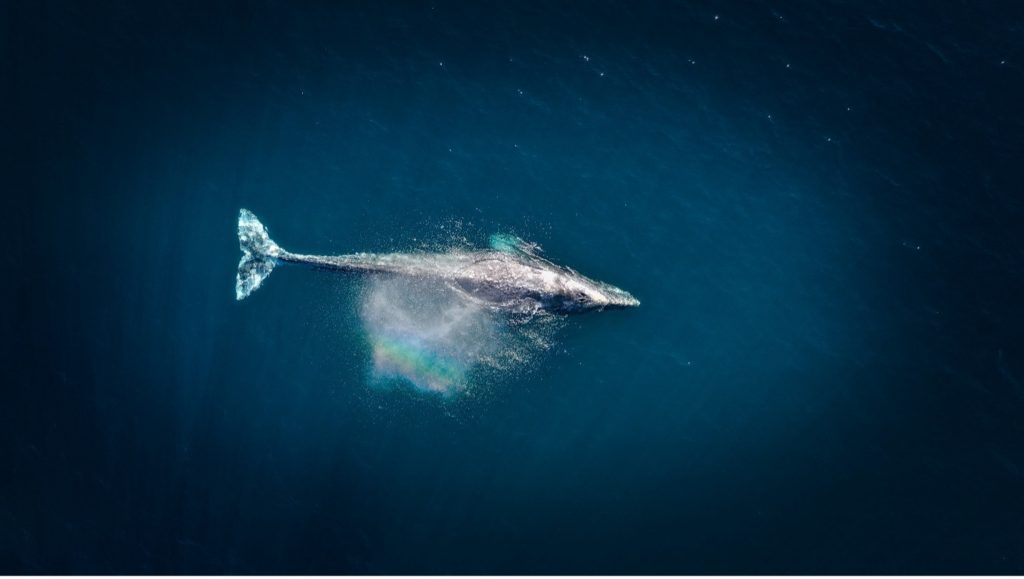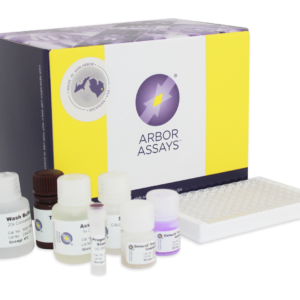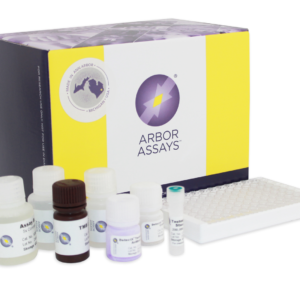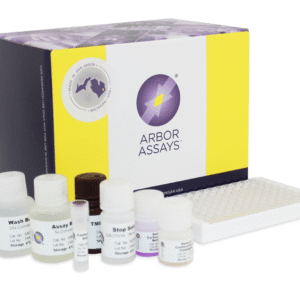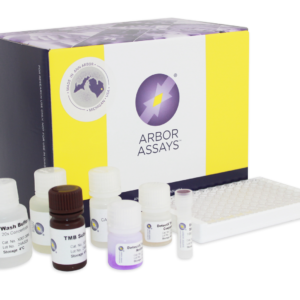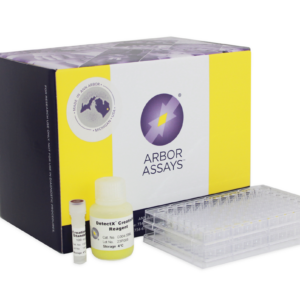Application Of Endocrine Biomarkers To Update Information Through Gray Whale Reproductive Study
Once driven to near extinction due to commercial whaling, the Eschrichtius robustus, also known as the gray whale, now stands as one of the success stories of conservation efforts (NOAA). They currently serve as the ‘canary in the coal mine’ to alert scientists of potential environmental changes. A recent gray whale reproductive study produced an accurate estimation of pregnant and non-pregnant grey whales. This was an essential milestone in providing more precise reproductive parameters to better understand the population dynamics.
Valentina Melica and her team worked to provide updated insight on the reproductive physiology of gray whales, determining:
- If progesterone and testosterone biomarkers would accurately identify more precise reproduction parameters amongst the population
- If progesterone indicates pregnancy in female gray whales, it can also estimate reproductive status in whales with unknown pregnancy status.
- Whether progesterone and testosterone showed variation in response to the age, time of year, and geographic location of sampling.
Our Testosterone EIA Kit (K032-H) and Progesterone EIA Kit (K025-H) were used to measure the testosterone and progesterone concentrations with the intra-assay percent coefficient of variation <10% for both hormones.
The results of the study indicated that testosterone concentrations in males increased with age until they reached maturity, varying by season. It also confirmed elevated testosterone levels during specific seasons, similar to those in other species suggesting a season cycle. In females, progesterone concentrations indicate pregnancy and help estimate pregnancy probability in whales with unknown reproductive status. This study offers more accurate estimations to improve understanding of reproductive parameters and population monitoring.
Featured Products
-
In Stock
Progesterone ELISA Kit
$338.00 – $1,354.00The DetectX® Progesterone ELISA Kits quantitatively measure Progesterone present in extracted dried fecal samples, urine and tissue culture media samples. Used in determination of Reproduction and Sex Steroid Metabolism
-
In Stock
Testosterone ELISA Kit
$353.00 – $1,409.00The DetectX® Testosterone ELISA Kits provide non-invasive measurements of Testosterone and Dihydrotestosterone.
